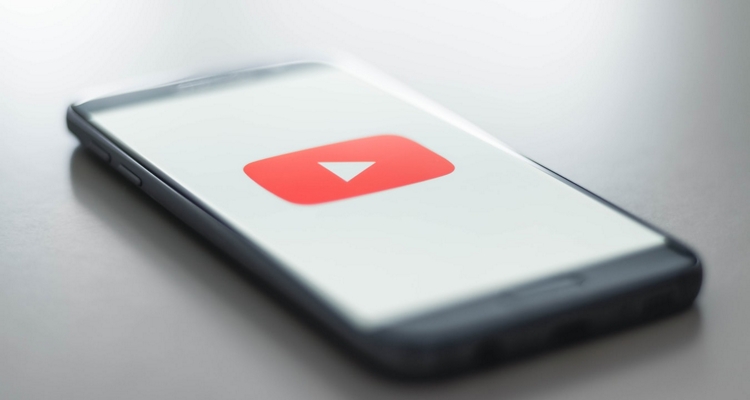
Photo Credit: Christian Wiediger
YouTube says that it’s paid north of $4 billion to the music industry during the last year – besides adding more paid members during Q1 2021 than in any quarter to date.
The Google-owned video-sharing platform revealed the multibillion-dollar music-industry payment today, via a post on the YouTube Official Blog. Authored by former Warner Music recorded-music CEO and current YouTube global head of music Lyor Cohen, the roughly 500-word-long piece relays at the outset that 30 percent of the $4 billion tranche is attributable to user-generated content (UGC).
“Fan-powered videos have always flourished on YouTube,” the text later elaborates on this front, “helping artists grow their audiences and break songs around the world. We’re thrilled it’s now also become a meaningful and incremental source of revenue alongside premium music content.”
And for reference, Google specified in its Q1 2021 earnings report that YouTube had pulled in a staggering $6 billion from ads throughout the year’s initial three months, against about $4 billion in ad revenue during the same stretch in 2020.
The figure doesn’t include income from YouTube Music’s paid version or YouTube Premium, and Google chief business officer Philipp Schindler said during his company’s earnings call that users watch over one billion hours’ worth of content on YouTube each day.
Back to Cohen’s post pertaining to YouTube’s music-industry payments, however, the 61-year-old New York City native communicates early on that despite his decades in the industry, his elderly mother still asks him what he does for a living. Moreover, the 300 Entertainment co-founder “came to work for YouTube because I believe in its potential to help shepherd a golden age for the music business.
“As a visual-audio platform, our goal is to become the leading revenue generator for the music industry and to help artists around the world build a career making music,” the text proceeds. “We are uniquely positioned to achieve this goal because YouTube monetizes the end-to-end music experience globally.”
The remainder of the document’s body – four bullet points – indicates that YouTube, with its ad-supported tier in 180 countries and subscription tier in 96 countries, “allows advertisers to reach audiences they can’t find anywhere else.” Additionally, Cohen emphasizes that the 16-year-old platform is “monetizing all music experiences” and “finding new sources of revenue” in the form of merch, virtual concerts, memberships, and digital goods.
“Building the best music experience for fans and empowering all artists to grow their careers are mission-critical for us. I couldn’t be more excited about the music industry’s future. These days when my mom asks me what I do for a living, I tell her I’m helping to make sure the next Kurt Cobain doesn’t have to become a dentist,” Cohen states in closing.
In spite of the multibillion-dollar payment that YouTube claims to have made to the music industry across the last 12 months, it bears mentioning that the video-sharing platform has long faced criticism for its per-view royalty rate, which is markedly lower than the amount that Spotify, Deezer, Apple Music, and others provide for each stream.
While the total sum paid by YouTube appears considerable, it doesn’t necessarily mean that large checks are making their way to indie creators – and, more broadly, those without many millions of plays.
Back in April, YouTube – which is facing a class-action lawsuit for allegedly discriminating against certain creators with its Content ID program – announced that it would feature the violative view rate (VVR) in future Community Guidelines Enforcement Reports.


They quickly pocketed that cash
New mansion for the middle middle middle man
Lady gaga stole my million views and the money ?
Susan you got some explaining to do
“The music industry” is another term for labels and publishers. What this means is nothing has changed in two decades since deep pocket dot coms paid heavy advances which never found their way to artists. Labels may be run by bean counters, but it’s time to take a serious audit of things.